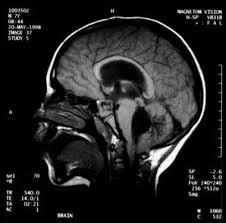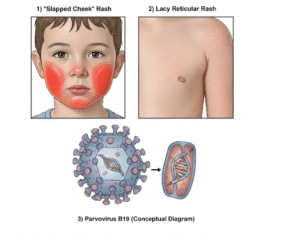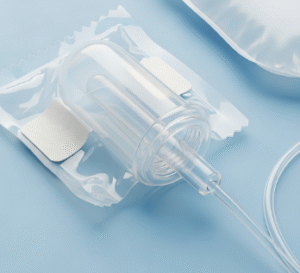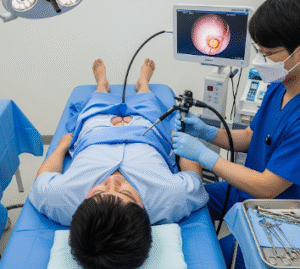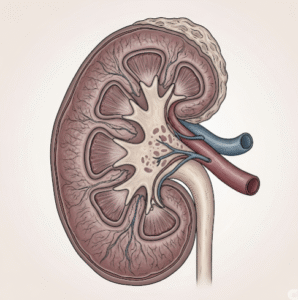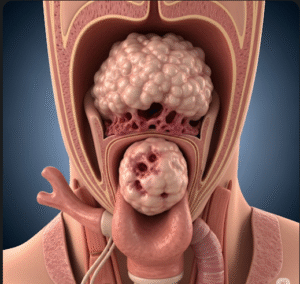Overview
Hydrocephalus is a neurological condition characterized by an abnormal buildup of cerebrospinal fluid (CSF) in the brain’s ventricles, leading to increased intracranial pressure. It can occur at birth (congenital) or develop later in life (acquired). If left untreated, it may cause brain damage, physical disability, or even death. In Korea, hydrocephalus is treated with advanced neurosurgical techniques, including ventriculoperitoneal (VP) shunt placement and endoscopic third ventriculostomy (ETV). Korean hospitals, equipped with modern neuroimaging and pediatric neurosurgery expertise, are among the leading centers in Asia for managing this condition.
What is Hydrocephalus?
Hydrocephalus occurs when the normal flow and absorption of CSF is disrupted, leading to fluid accumulation in the brain. This results in enlarged ventricles and pressure on brain tissues. It can affect infants, children, and adults, with symptoms varying depending on age.
Symptoms
In Infants:
- Rapid head growth
- Bulging fontanelle (soft spot on the head)
- Irritability, vomiting
- Poor feeding
- Seizures
In Children & Adults:
- Headaches, nausea, and vomiting
- Blurred or double vision
- Difficulty walking (gait disturbance)
- Urinary incontinence
- Memory problems or cognitive decline
Causes
- Congenital hydrocephalus: Present at birth, often due to genetic abnormalities or developmental issues (e.g., spina bifida).
- Acquired hydrocephalus: Caused by trauma, brain tumors, infections (like meningitis), or hemorrhage.
- Normal Pressure Hydrocephalus (NPH): Typically occurs in older adults, associated with gait disturbance, memory problems, and urinary incontinence.
Risk Factors
- Premature birth
- Brain hemorrhage
- Head injuries
- Infections during pregnancy or after birth
- Family history of hydrocephalus
Complications
- Permanent brain damage if untreated
- Developmental delays in children
- Vision problems
- Seizures
- Physical disability
- Life-threatening increased intracranial pressure
Prevention
While not all cases can be prevented, risks can be reduced by:
- Prenatal care to avoid infections during pregnancy
- Preventing head trauma with helmets/seatbelts
- Prompt treatment of brain infections
- Regular checkups for individuals at risk
Treatment Options in Korea
Diagnosis
- Neuroimaging: MRI and CT scans to detect ventricular enlargement
- Ultrasound: For infants with open fontanelles
- Neurological examination assessing motor, cognitive, and sensory function
Medical & Surgical Treatments
- Ventriculoperitoneal (VP) Shunt Surgery: A tube system placed in the brain’s ventricles to divert CSF to the abdomen for absorption.
- Endoscopic Third Ventriculostomy (ETV): A minimally invasive surgery that creates a new pathway for CSF drainage, commonly performed in Korea.
- ETV with Choroid Plexus Cauterization (ETV-CPC): Sometimes used in pediatric cases to reduce CSF production.
Rehabilitation and Support
- Pediatric neurosurgery units in top Korean hospitals like Seoul National University Hospital, Asan Medical Center, and Samsung Medical Center.
- Long-term monitoring: Regular follow-up for shunt function and complications.
- Rehabilitation programs: Physical therapy, occupational therapy, and special education support for children with developmental delays.

